- Category
- War in Ukraine
The KAB Guided Bomb Is An Existential Threat to Ukraine’s Frontline Cities
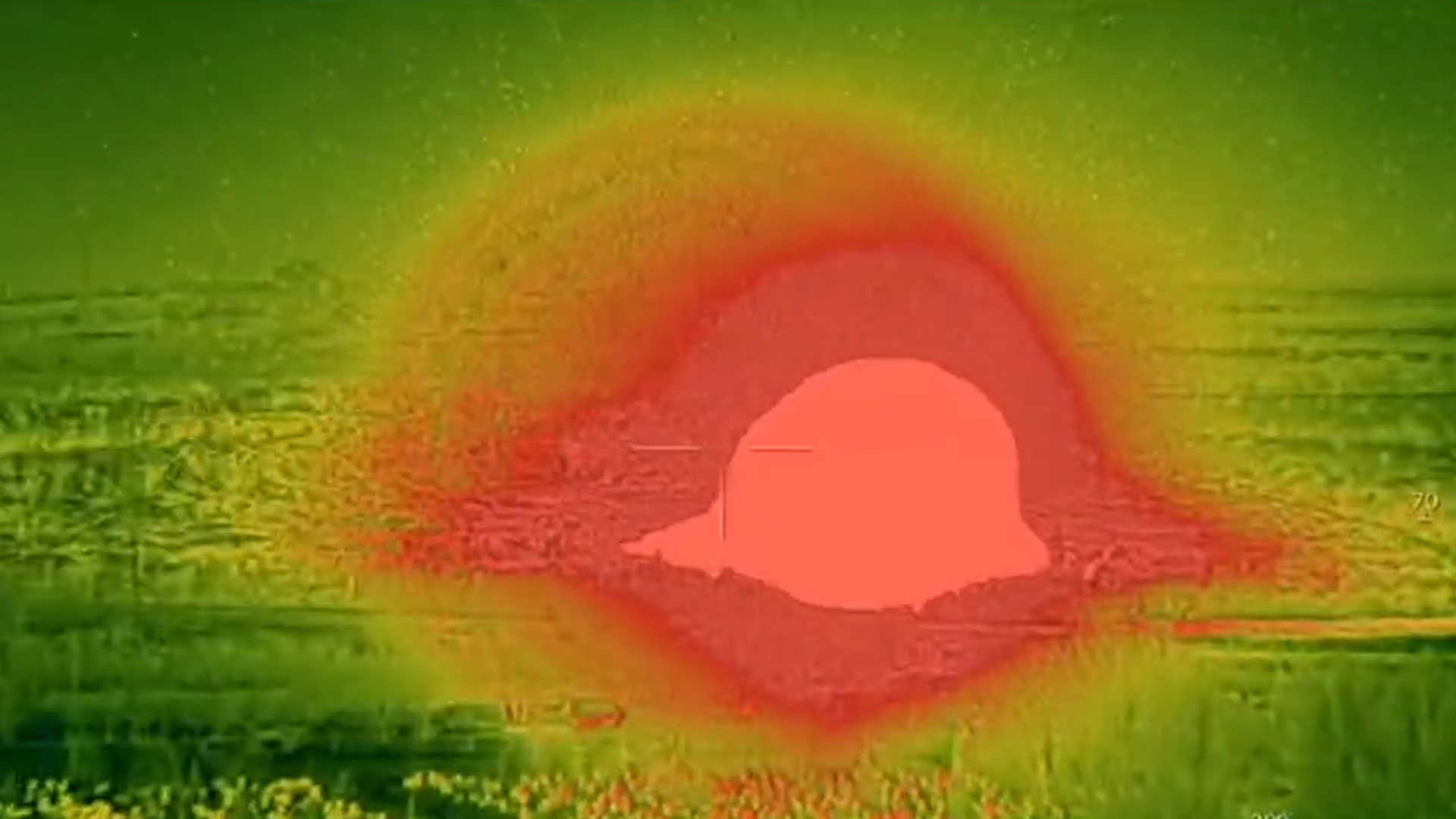
Russia’s tactics have evolved. The modernization of old Soviet gliding bombs has become a cheap and effective means to level entire towns and frontline positions in Ukraine.
Ukraine’s second-largest city, Kharkiv, is the target of a new Russian summer offensive. The city and surrounding region were already once occupied by the Russians and subsequently liberated in May of 2022 by the Armed Forces of Ukraine.
In April, Ukraine’s Chief Intelligence Officer Kyrylo Budanov predicted that a “difficult situation” would arise on the frontline in mid-May. Russia then promptly launched its offensive into the Kharkiv region on May 10th.
The Kharkiv region, which shares a border with the Russian Federation – was the beneficiary of many reconstruction projects by foreign and domestic NGOs. Currently, the region is at severe risk of destruction at the hands of the invading Russian force, and one weapon in particular: The KAB-guided aerial bomb.
"KAB" stands for "Korrektiruyemaya Aviatsionnaya Bomba," which translates to "Correctable Aerial Bomb." These are Soviet-era bombs upgraded with extendable wings and a guidance system.
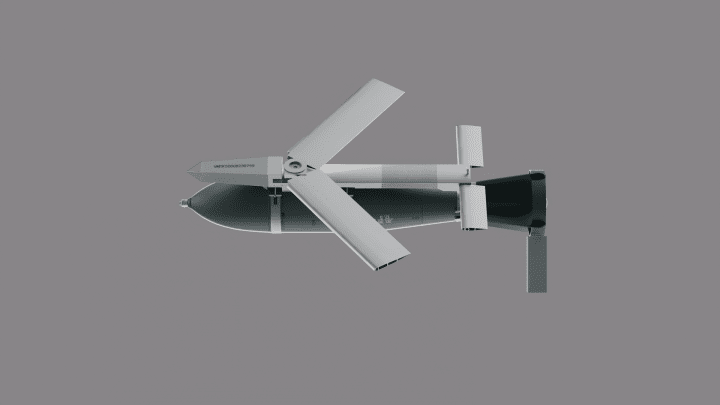
Russia is attacking Ukraine across the entire frontline, which stretches to more than 1000 kilometers. In some areas, Ukrainians are forced to retreat due to shortages from the six months absence of military aid and changes in Russian tactics—which include the heavy bombardment of Ukrainian-held towns and positions with guided aerial bombs.
This April only, Russia dropped 3200 guided bombs in Ukraine. The lethality of these weapons cannot be understated; they are built with the purpose of destroying everything in the vicinity of where they land. Continued attacks can turn any town, building, or fortification into rubble.
Take, for example, the standard Russian 122mm artillery shell, which, upon impact, can create a 6-meter wide and 3-meter deep crater in the ground. The KAB 500 guided aerial bomb carries 200 KG of explosives (equivalent to ~51 shells.) The KAB 1500 carries 1000 KG of explosives (equivalent to ~265 shells.)
The impact crater from a KAB-1500 bomb can fit a 9-storey building inside of itself.
During the battle of Avdiivka, Ukrainian positions were bombarded by 60-80 KABs a day—with an explosive power equivalent to about 20,000 shells per day. On April 17th, Ukrainians were forced to withdraw from Avdiivka.
Recently, Russians developed the highly explosive FAB-3000 bomb. “FAB" stands for "Fugasnaya Aviatsionnaya Bomba," which translates to "High-Explosive Aerial Bomb.” This bomb has a 1500 KG payload, doubling the lethality of its predecessor, the KAB-1500.
Frontline cities like Kharkiv, Sumy, Zaporizhzhia, and Kherson have long felt the consequences of guided aerial bombs, which enter population centers daily. So is there a way to counter this threat?
Mid-air interception of KABs is almost impossible, as once they’re dropped, they only fly for 70 seconds or less and appear as small dots on radars before disappearing.
There is a catch, though. KABs are most efficient when launched from fighter jets at high altitudes, which puts them at risk of being shot down by Western air defense systems like the much-needed Patriots.
There are well-documented instances of the Patriots' effectiveness, especially when the Ukrainians chose to set up the air defense system—which usually stays in the country’s rear—closer to the frontline.
In a period spanning from late February to early March of 2024, Ukraine shot down more than a dozen enemy aircraft with a combination of the Patriot system and a modified S-200 Missiles. This prompted the Russians to release the guided bombs further into Russian territory, giving Ukrainians an ultimatum: bring the Patriots closer to the frontlines or risk more destruction.
The Patriot system is incredibly scarce and valuable; only three such systems exist in Ukraine. Bringing them closer to the line of contact may risk their destruction and the safety of the rest of the country, as Patriots are also responsible for intercepting ballistic missiles that threaten all regions of Ukraine.
The simultaneous protection of key infrastructure and the interception of Russian aviation—with a finite resource like the Patriot system—requires a complex solution. A combination of introducing more Western air defense, developments in electronic warfare systems, and the arrival of modern aviation like the F-16 fighter jet serves as a powerful solution.
Forty-five F16 fighter jets have been pledged to Ukraine by allied nations, and talks are currently ongoing to purchase new Patriot batteries, which total $1 billion per unit. Ukraine has also made strides in its defense tech industry, creating a bridge between private industry and the military with the Brave1 program.
In war, the future is almost impossible to determine, but one thing that has consistently shown is Ukraine’s ability to adapt to threats. Hopefully, with the introduction of new weapon systems and a revamped defense industry, a quality Ukrainian will counter the numerically superior Russian threat.

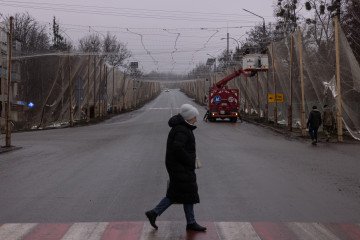
-f88628fa403b11af0b72ec7b062ce954.jpeg)
-b63fc610dd4af1b737643522d6baf184.jpg)

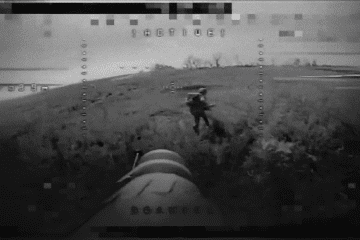
-29a1a43aba23f9bb779a1ac8b98d2121.jpeg)
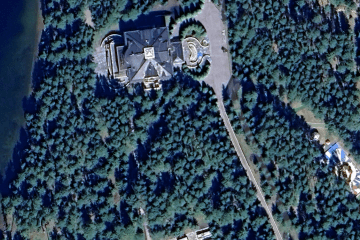
-24deccd511006ba79cfc4d798c6c2ef5.jpeg)